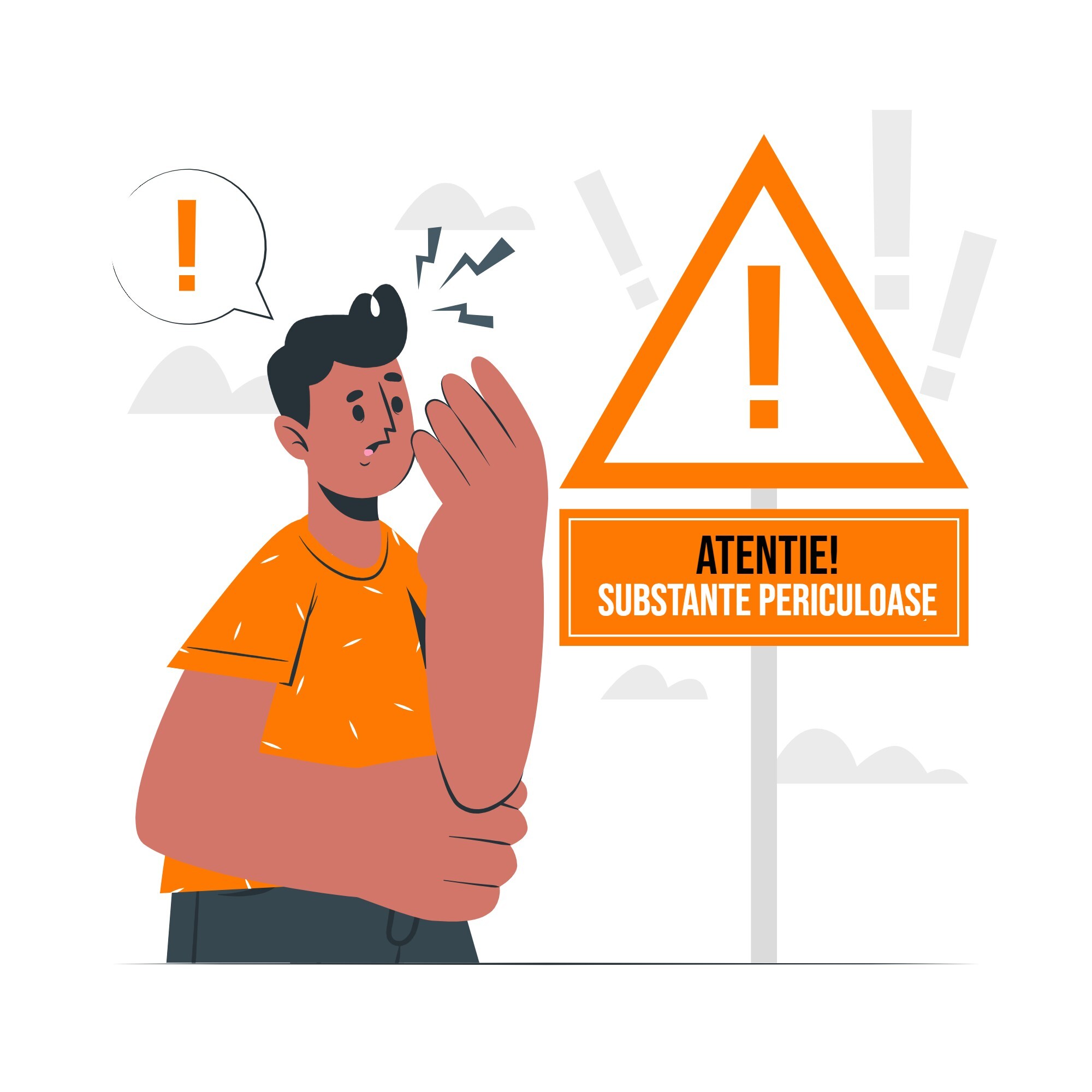Fires are one of the most devastating and unpredictable disasters that can occur. No matter what company you work for, such an accident can break out at any time and cause great damage to life and property. That’s why it’s essential to have a fire evacuation plan. In this article we discuss the importance of developing an evacuation procedure, how to do a fire drill and provide practical steps to understand how to prepare your team. You can read about general fire safety rules here.
What are the common causes of fire?
Fires can be caused by a variety of factors, both natural and man-made. In the workplace, some of the most common causes of fires include electrical faults, flammable materials, cooking appliances, smoking in inappropriate places and heating appliances not working properly.
Fires can be caused by a variety of factors, both natural and man-made. In the workplace, some of the most common causes of fires include electrical faults, flammable materials, cooking appliances, smoking in inappropriate places and heating appliances not working properly.
Risk analysis and needs identification
Property assessment
To perform a risk analysis, start by assessing the property, then identify potential hazards. The process includes reviewing the appearance of the building, building materials and fire protection systems such as smoke detectors and fire extinguishers. It is essential to ensure that all fire protection equipment is in good working order and up to date with current regulations.
Identifying risk areas
Once the property assessment is completed, the next step is to identify areas that may be at risk of fire: those where flammable materials, electrical equipment or heating appliances are located. It is also important to consider human factors, such as smoking areas that may increase the risk of fire. If applicable, consider vegetation fires.
Identifying evacuation needs
After identifying risk areas, the next step is to determine evacuation needs. This step includes establishing evacuation routes, identifying meeting areas, and ensuring that all employees know what to do in the event of a fire.
Evacuation planning and organisation
Evacuation team building
This team should consist of people who are familiar with the building structure, evacuation procedures and emergency protocols. Of course, the team should be trained on how to respond to different types of emergencies, including fires.
Identifying escape routes
The first step is to identify escape routes in case of fire. Both main and secondary routes should be easily accessible and clearly marked. Moreover, they must be free of obstacles and be usable even by people with disabilities or other special needs.
Identifying meeting places
After identifying escape routes, the next step is to identify meeting places. Choose safe and accessible assembly areas where employees can gather after evacuating the building. They should be located at a safe distance from the building and easily identifiable.
Planning evacuation procedures
Not least, you need to plan evacuation procedures. This step involves determining how to initiate an evacuation, communicating evacuation procedures to employees and providing evacuation drills.
Communication of the evacuation plan
Informing employees and others about the evacuation plan
It is essential to communicate the evacuation plan to all building employees. One way to do this is to contact the ES specialists at Outstand! The team conducts full specific briefings and annual knowledge checks or whenever needed.
Evacuation drills and emergency simulation
In addition to communicating the plan, it is important to conduct a regular fire evacuation drill. This can help ensure that all staff are familiar with evacuation procedures and know how to respond in the event of a fire or other emergency.
Review and update the evacuation plan
It is important to regularly review and update your evacuation plan. Specifically, you need to conduct regular risk assessments, identify any changes in the building or the surrounding environment that could affect evacuation procedures, and ensure that all safety equipment is in normal working order.
Safety and fire detection equipment
Smoke and fire detectors
Smoke detectors (also called fire detectors) and fire sensors are particularly important elements in any safety equipment. They are designed to detect smoke or heat and trigger an alarm to alert people to a potential fire.
Fire extinguishing systems
Fire extinguishing systems are another important component of safety equipment. These systems are designed to extinguish fires using water, foam or other extinguishing agents. It is important that they are properly installed and maintained to function correctly in the event of an emergency.
Personal protective equipment
Personal protective equipment, such as fire-resistant clothing and breathing apparatus, can provide an extra layer of protection in the event of a fire. Employers should provide this appropriate personal protective equipment to all employees who may be exposed to fire hazards.
Evacuation actions
Alerts and sound signals
A fire alert is essential to let everyone know about a potential danger so they can evacuate the building quickly. They should be tested and maintained regularly to make sure they are in good working order.
Use of evacuation routes
In the event of a fire, personnel must evacuate the building quickly and safely using designated escape routes. It is necessary to follow the signs and instructions provided, stay low to avoid smoke inhalation and avoid elevators. All escape routes must be regularly maintained and free of obstructions.
Use of safety equipment
Using safety equipment can help mitigate the risks associated with a fire. As a result, employees should be trained in the effective use of the equipment and it should be inspected and maintained regularly.
Medical and first aid
Emergency medical case identification
In addition to injuries caused directly by the fire, it is important to be prepared to respond to any medical emergencies that may arise during an evacuation. Pay particular attention to people with medical conditions that may require special assistance during an evacuation, such as those with mobility impairments or respiratory conditions.
First aid provision
First aid is an essential component of emergency response. It is recommended that all persons are trained in basic first aid procedures and that first aid kits are readily available throughout the building. You can always appeal to our first aid courses!
Checking the evacuation plan
Auditing and evaluating the evacuation plan
Auditing and evaluating the evacuation plan can help identify any weaknesses in the plan. In this way, you ensure that the plan remains effective. Regularly review evacuation procedures, assess the effectiveness of safety equipment and evaluate the response to previous emergencies, if any.
Review and update the evacuation plan
As circumstances change, the evacuation plan should be reviewed and updated. Conduct periodic risk assessments, identify in a timely manner any changes to the building that could affect evacuation procedures, and verify that all fire safety equipment is working properly.
In conclusion, having an evacuation plan is an essential safety measure for any workplace or building. Identify and assess potential hazards, develop and communicate clear fire evacuation rules and don’t ignore the importance of evacuation drills.



